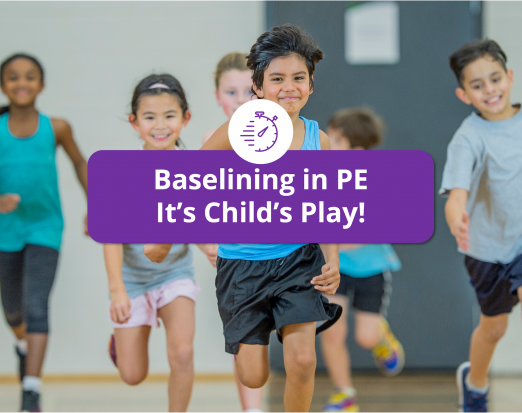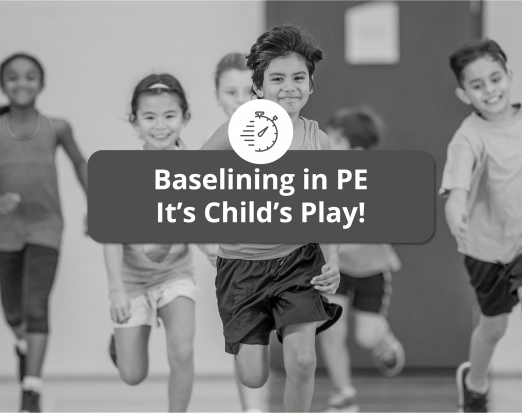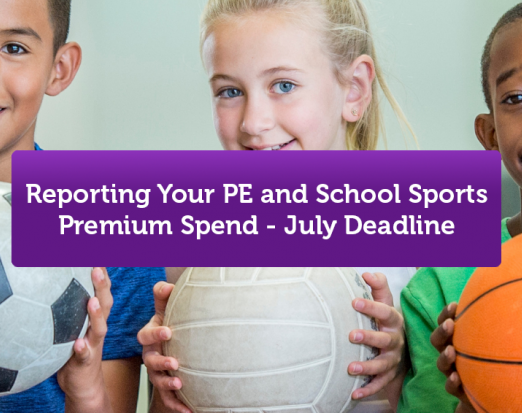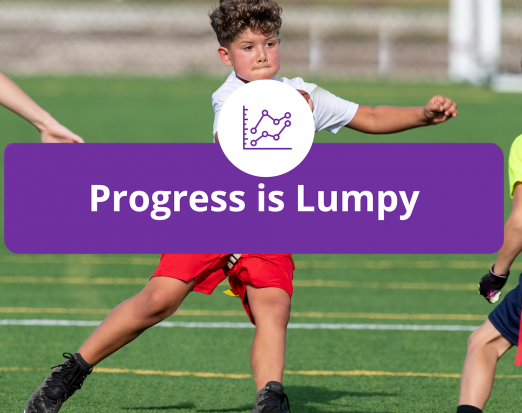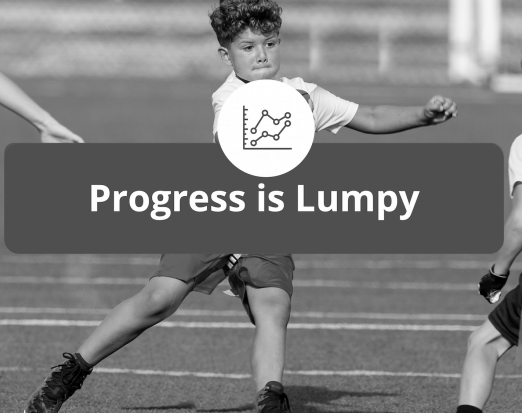Want to Help Pupils Learn Faster? Just Add Movement!
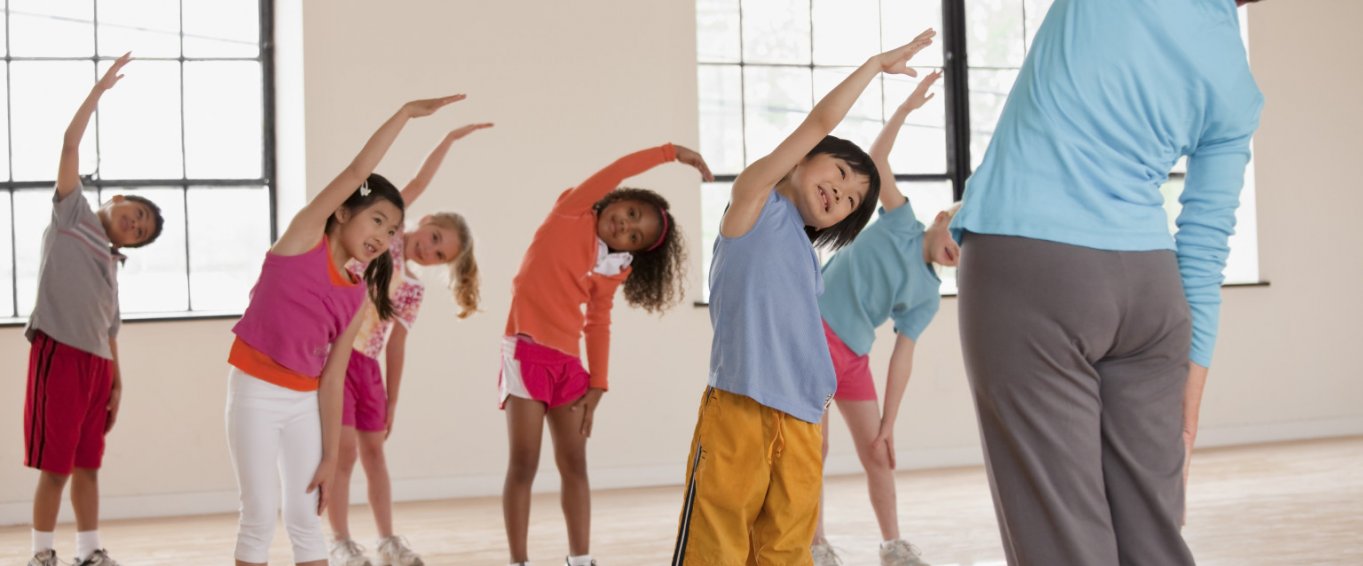
Ever wondered how a person can remember all the dance moves in the Macarena yet struggle to recall a name they heard an hour ago? Maybe you can nail the Cha Cha Slide but feel hopeless when it comes to remembering birthdays. It's not as random as it seems.
The key is movement. Humans find it easier to recall information when it is paired with movement (steps, gestures, shapes, etc). The reason you can remember the silly dance you learned at thirteen is because it engages more than one part of your brain. When information gets processed via multiple senses, it is more likely to be encoded into long term memory.
When you consider this, it's quite extraordinary that movement based learning is only just starting to develop in schools. In recent years, there's been a push - from the government, children's charities, healthcare providers and education specialists - to activate curriculums and make movement a part of all lessons.
We're going to take a look at more reasons to activate your classroom and get pupils accustomed to 'on yer feet' learning.
The Research Says...
-
Evidence suggests movement based learning is one of few methods which positively affects learning outcomes for ALL pupils.
-
Each time information is presented in a new form (visual, verbal, kinetic, etc), the brain must reprocess and re-encode it. It's a way to 'trick' the mind into learning something multiple times without disengagement.
-
Pupils who make physical gestures while solving math problems are three times more likely to recall the information later. Linking information to physical sensations (which our primal brains prioritise for survival) allows abstract concepts to become embedded, tangible experiences.
-
Physical activity improves cognitive function by increasing blood flow and oxygen to the brain. When children move - rather than sitting down - in the classroom, their entire body operates more efficiently. The brain is faster to respond, quicker to solve problems and more tolerant of challenges.
(Science Backed) Ways to Add Movement to YOUR Lessons
1. Total Physical Response
Originally developed for use in language learning, Total Physical Response asks pupils to assign physical gestures to vocabulary words. Recalling the action - as children are more likely to do - triggers recall of the associated word.
2. Physical Snapshots
In this context, a snapshot is a physical representation of an idea, concept or piece of information. In groups, pupils demonstrate their understanding using only their bodies (and props if permitted). For example, "Create three interlinked snapshots to explain daily life for the Anglo Saxons."
It doesn't matter if the snapshots are tricky to decipher. Both the act of performance and answering peers' questions about them later encompass two ways of encoding the information.
3. Concept Simulations
Simulations are similar to snapshots in that they ask pupils to represent a process using physical actions. The technique is particularly useful for science subjects as their concepts often focus on groupings or units (blood cells, planets, circuits, electrons, etc) whose movements can't be seen with the naked eye.
4. Song and Dance
The simplest way to make information memorable is to embed it in a dance or song. Encourage pupils to write silly lyrics about electricity, elephants or egg development and present them to the class. Children don't have to dance, but they should add some physical gestures to their performance.
5. Brain Breaks
We love brain breaks here at the Healthy Schools Programme because they're plain and simple. If you can't think of a good way to integrate movement with your lesson's content, allocate five or ten minutes to the midway or end of the session. Then, simply get up and move. Give pupils' brains a chance to reoxygenate, refocus and reenergise with a brief physically active task.
